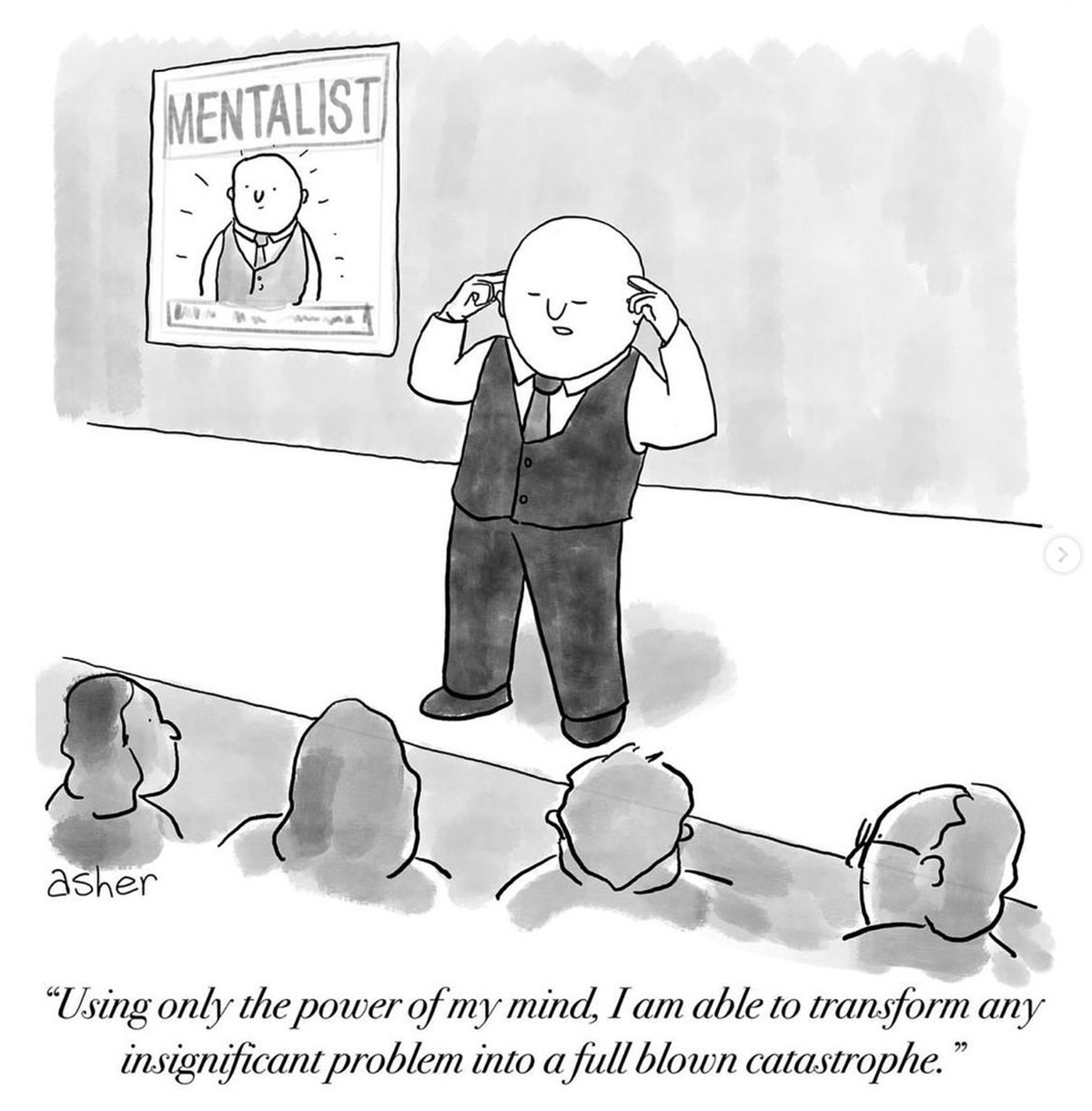Book Reviews of Slow Productivity, Psychology of Money, Co-Intelligence, and Lessons in Chemistry
POSITIVE AFFIRMATION
“I need some more book recommendations. What have you consumed lately that’s stuck with you?”
- Johnny T. Nguyen
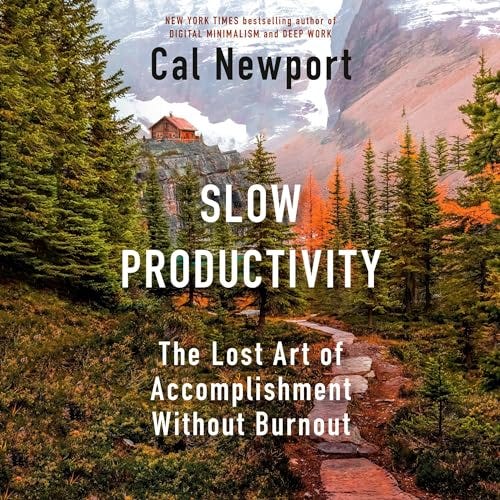
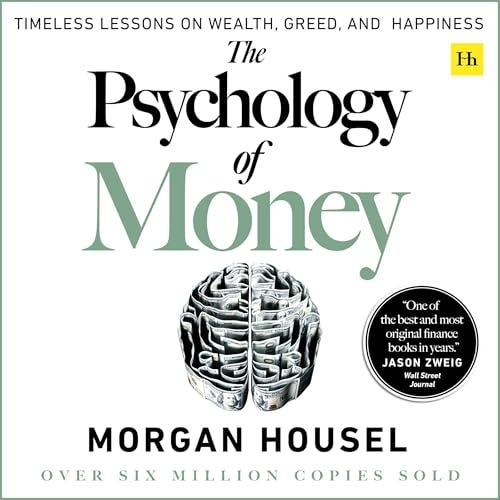
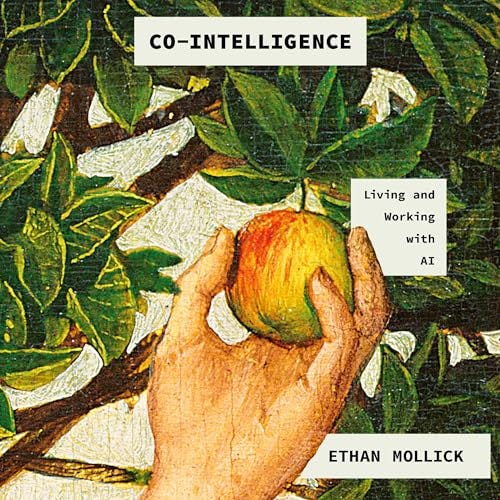
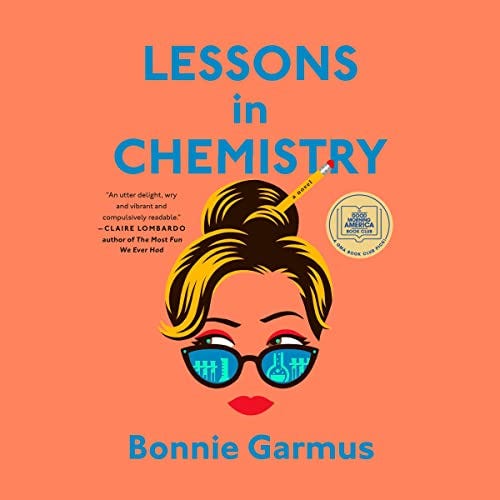
I’ll be honest, I didn’t want to like Cal Newport’s latest book, Slow Productivity. Even though I’m a huge fan of his Deep Work, there was something about the idea of slow productivity sounding too gimmicky, as if he was capitalizing on the trending issue of workplace burnout and stress to make a buck. But I’m happy to say the book is indeed value-added, with Newport offering suggestions I found practical and fun (he suggests scheduling time during the day to go watch a movie in the theatre!).
Let’s cover Slow Productivity’s three main tenets, while I blend in my insights from other books I’ve consumed recently.
1) Do fewer things.
“Strive to reduce your obligations to the point where you can easily imagine accomplishing them with time to spare. Leverage this reduced load to more fully embrace and advance the small number of projects that matter most.”
In The Psychology of Money: Timeless Lessons on Wealth, Greed, and Happiness by Morgan Housel, one of his first observations is how our approach to money is predominantly based on what we’ve been exposed to, i.e. how we were raised and most likely how our parents managed money. Because of that, it’s not how much we know about money, stocks, 401k’s, taxes, real estate, etc., but rather our behaviors that dictate our wealth. Housel goes on to state one of those learned behaviors is being never satisfied with enough.
“Wealth is the gap between what you need and what you have.”
Bringing it back to our main topic of productivity, aim to want less. In wanting less, doing less, we’ll find more satisfaction in what matters more and feel richer for it.
2) Work at a natural pace.
“Don’t rush your most important work. Allow it instead to unfold along a sustainable timeline, with variations in intensity, in settings conducive to brilliance.”
I appreciate how Newport delves into how our human ancestors performed work, which oscillated between periods of high and low intensity, and measured in time spans of seasons and years. Unlike today’s work, which is measured between 9-5 and the expectation that every day you’re knocking it out of the park. That’s just unsustainable. Newport reasons by learning about our human ancestors we shed insights into how we might be behaving today. Since we haven’t biologically evolved much in the last 10,000 years and yet our environment has changed dramatically in just the last 100 years, we need to adapt to today’s expectations but still be mindful of our biological needs.
In Ethan Mollick’s Co-Intelligence: Living and Working with AI, he introduces a novel way to view AI. When using an AI interface, like ChatGPT or Claude, we ask it to do something called prompts. But, a better way is to first assign your AI a role to play, before you even start prompting. For example, you can state, “For this conversation, you are my research assistant and I am a professor. Please respond after performing thorough research.” By assigning it a role, the AI will take on that identity and in our example, most likely be more obliging and thorough. The novel idea from Mollick is to have several chats, with each chat playing a different role. Therefore, you can use AI as your personal team of experts. For example, I’m trying to write a book. I plan on asking AI to be a copy editor, a marketer, a target audience, an expert in the topic I’m writing about, etc. By asking each persona to review my book, I’ll get invaluable feedback - all for free and within minutes.
Work at a natural pace like Newport recommends, but use the latest in technology to assist in making that happen with today’s rapid expectations.
3) Obsess over quality.
Newport’s advice here is to get better taste. He wants you to cultivate taste so you know what is good and what is great.
For example, I’m not a wine connoisseur. I can’t tell the difference between a $5 bottle and a $500 bottle. I am a decent cold brew coffee drinker, and I can tell the difference between Folgers and Blue Bottle. And I’ve got a pretty good eye for comic art. For example, reading lots of children's books these days, I’m able to recognize when it’s the same illustrator.
In Lessons in Chemistry by Bonnie Garmus, the main character is a chemist named Elizabeth Zott. She doesn’t have a kitchen in her house, she’s replaced it with a chemistry lab. And she doesn’t have a coffee maker. Instead, she uses a Bunsen burner with flasks and beakers to concoct her coffee. When her neighbor sees her coffee contraption, at first she’s incredulous about it but after sipping some of it, she quickly changes her tune and exclaims it’s damn good coffee.
In obsessing over the quality of work we produce - not the quantity - don’t forget to experiment and have fun. Experimenting will help to fight against complacency and, in turn, burnout. Find more awe in what you do. In doing so, you’ll develop the ability to recognize a gap between what you create versus what you want to create… demonstrating elevated taste.





